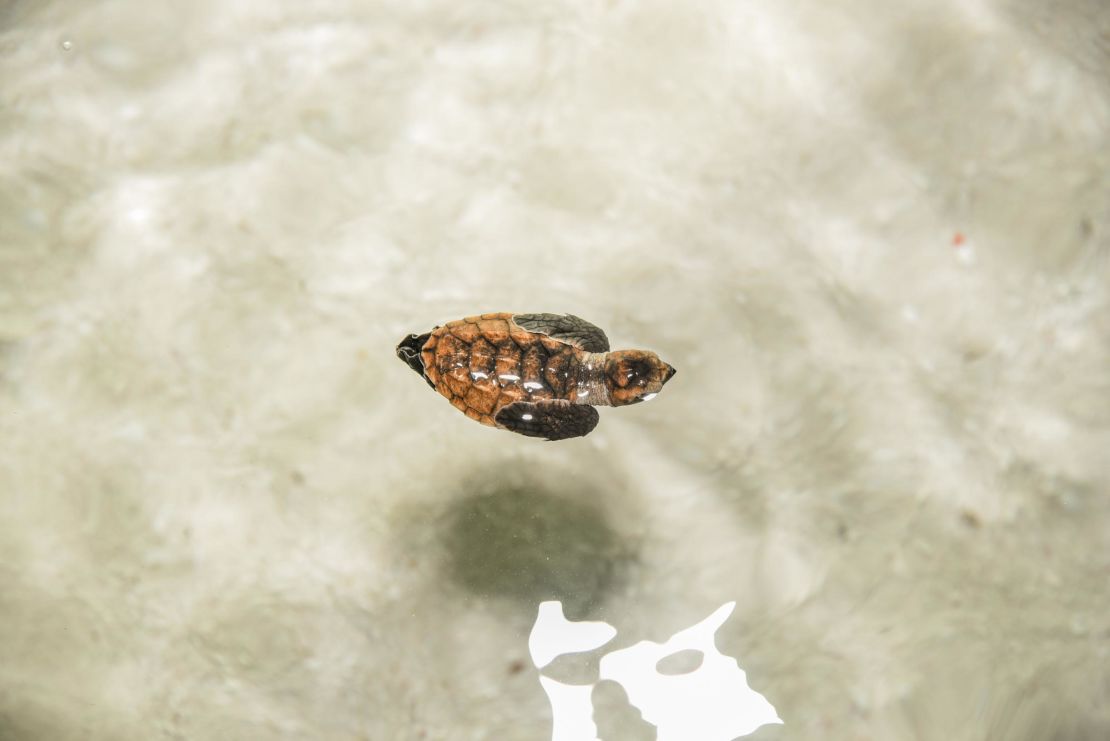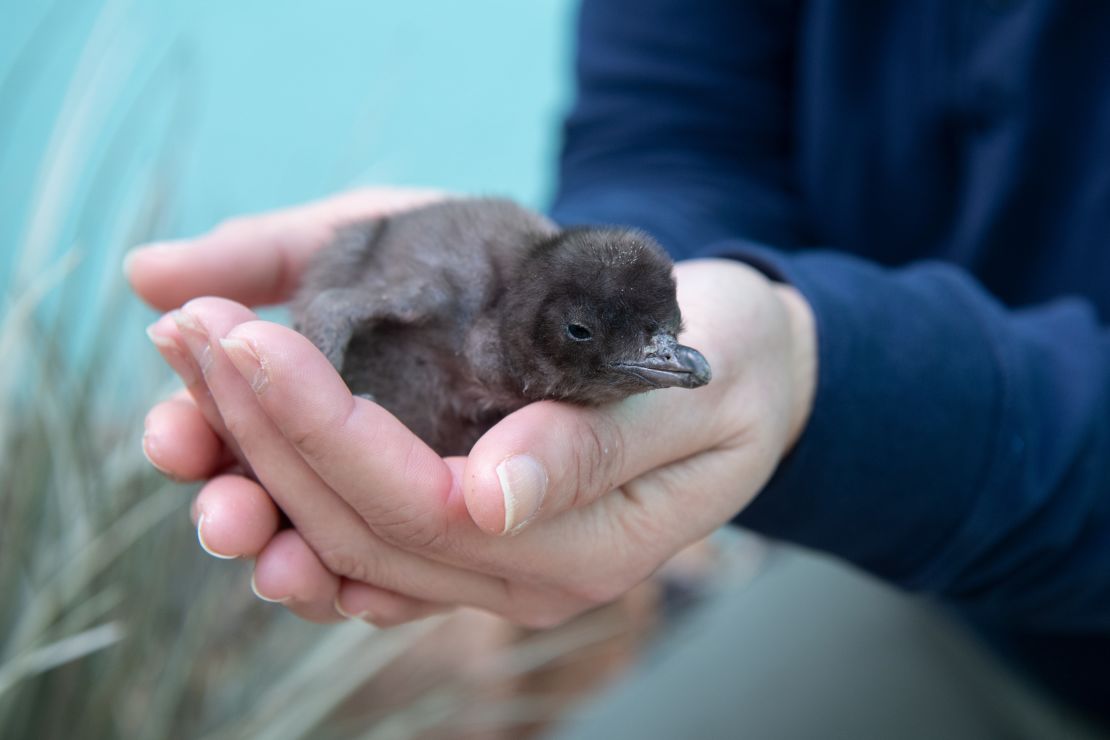What does a porqupette in Florida, a baby sea turtle in the Maldives and a bald eaglet from Catalina Island have in common?
These animals were all born during a pandemic.
Many zoos and animal parks around the world may be closed to visitors, but that hasn’t stopped the circle of life from taking place within them.
Amid the closures, caretakers – zoo staff and veterinarians – are showing up for the animals and sharing their stories online.
San Diego Zoo Global launched the #WereHereTogether campaign, which virtually connects visitors to their favorite animals. Disney’s been sharing updates of creatures at the Animal Kingdom through #DisneyMagicMoments. And explore.org, a multi-media organization, live streams animals from all over the world, from a kitten rescue sanctuary to elephants in the African bush.
New additions to Disney’s Animal Kingdom
Credit: The Walt Disney Company
Disney’s Animal Kingdom Theme Park located in Orlando, Florida, recently welcomed two new additions to the family.
On an early Saturday morning, in late March, six days after Walt Disney World Resort closed, Asha, a Hartmann Mountain Zebra Foal came into the world.
Walt Disney cast members chose the zebra’s name; Asha means “hope” in Sanskrit and “life” in Swahili.
She is the third zebra born at Walt Disney World this year.
Credit: The Walt Disney Company
Born on February 25, Shelly, a prehensile-tailed porcupine, now weighs two pounds. Prehensile-tailed porcupines are born with their quills underneath their fine red fur. A few hours after birth, their quills harden and they begin to resemble porcupines as we know them.
You can keep up with Shelly and Asha’s stories through the Disney Parks Blog. Guests can also ask questions, such as, “What conservation programs happen at Disney World? ” on Dr. Mark Penning’s Instagram @DrMarkAtDisney. The Vice President of Animals, Science and Environment at Disney’s Animal Kingdom, Penning posts pictures of the animals regularly and welcomes comments and queries.
Turtles and chicks

On February 26, a staff member at Emerald Maldives Resort and Spa found eggs under a tree next to one of the beach villas. Once the eggs hatched, the resident marine biologist helped guide the sea turtles to the ocean with a flashlight.
In New York City, over at the Bronx Zoo, two blue penguin chicks hatched on February 20. They are part of a blue penguin colony, which now consists of 16 birds.

Zoo keepers are waiting for the chicks’ feathers to come in fully, at which time they’ll submit a feather sample, which will determine their genders. They’ll name the little chicks once they have this information.
Guests can keep up with the development of the blue penguin chicks through Bronx Zoo’s social media channels.
An open park
Credit: Custer State Park
According to Mark Hendrix, Custer State Park’s Resource Program Manager, Custer State Park in South Dakota is expecting to 475 bison calves this year. The park, which is 71,000 acres, is open to guests who want to get outdoors and see the baby calves.
Hendrix advises guests to keep at least 100 yards between themselves and the protective moms.
“We’ve always been really telling people to stay back,” Hendrix said. “And obviously with social distancing, groups of people need to stay away from each other. Limit your interactions with other guests that are trying to view the bison.”



























